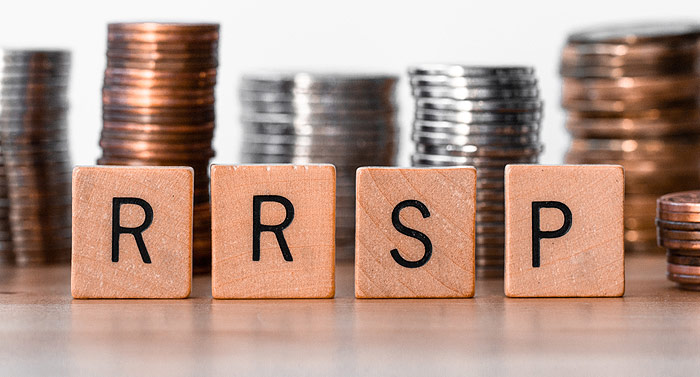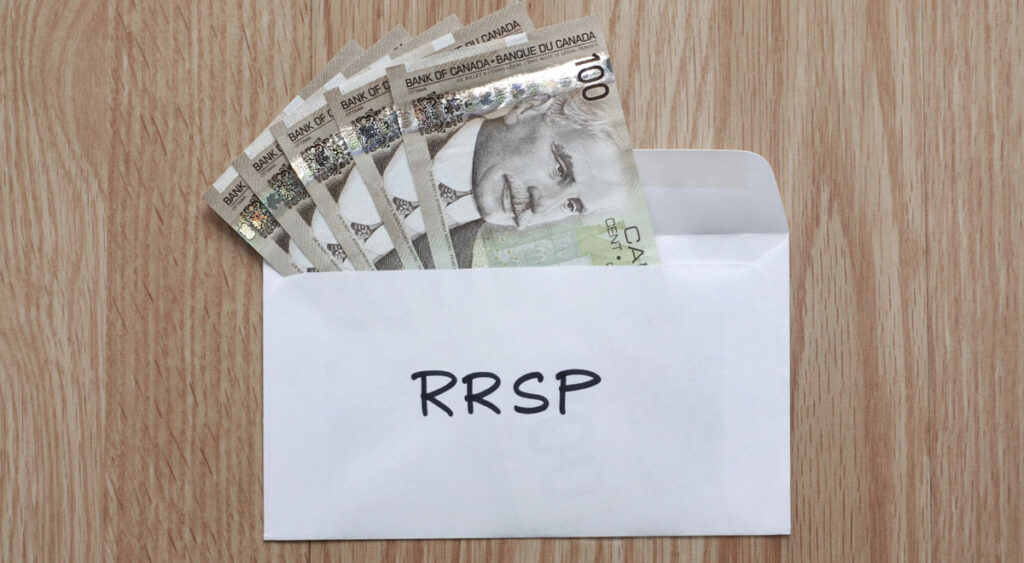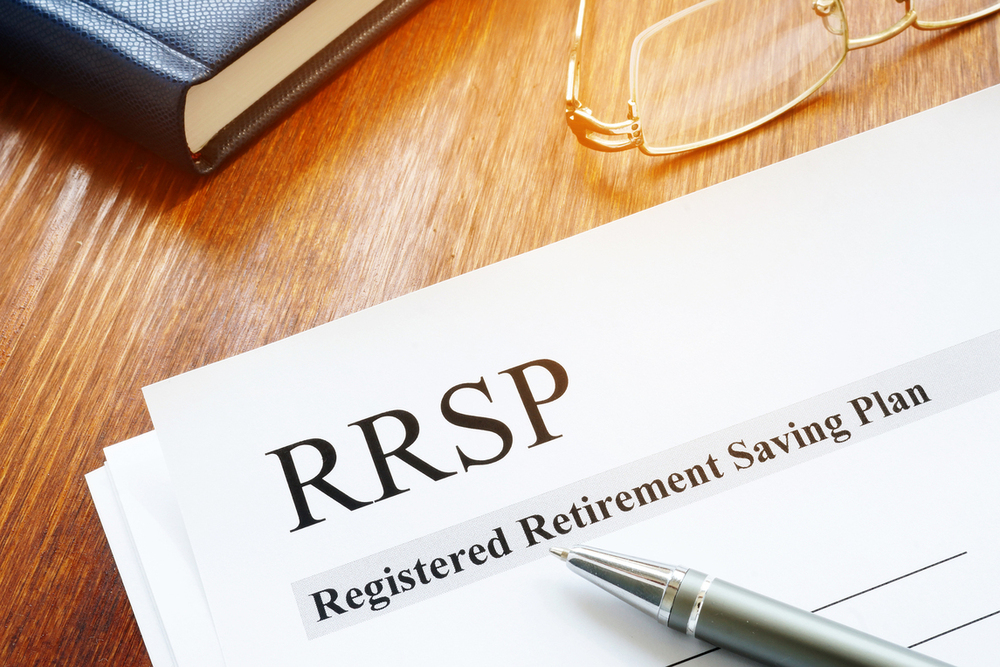With debt collectors on your neck, this may seem like the only easy way out but there could be better alternatives. Here are some of the disadvantages of using your RRSP to pay down debt:
- If you use your retirement money to clear debts, it means you will have to start saving for retirement again with barely any money or time to do so.
- If you take money from an RRSP for different reasons apart from retirement or buying your first home, the funds will be taxed, and you will receive less money, which means you will lose money to the government and be left with a little amount which may not even clear your debts.
- Money contributed to your RRSP is contributed tax-free but when you withdraw it, you have to pay taxes. Any amount you take from your RRSP to clear your debts will be made as additional income you will earn this year. This way, you will inquire more taxes by using your RRSP money to solve a single problem.
Using your RRSP to pay down your debt is not a great idea. Let’s look at what you should do instead of using your RRSP:
The first thing you should do is to seek advice from a professional. Discuss your situation with a licensed insolvency agent and draw a plan that fits all your needs.
Reconsider Your Pans before Using Your RRSP to Pay down Debt
There are better solutions to pay off your debt than using your RRSP. But before choosing other ways to pay off your debts, discuss with your trustee the amount of debt you have and the type of debt.
Here are a few options:

Liquidating your Assets to Pay off Debt
It is great to use the valuable assets you have to pay off your debt. If you have a valuable asset, you could quickly turn that into money.
For instance, if you have an old truck that you no longer use, it is wise to sell it and use the money to pay down your debts.
RRSPS are very different and what makes them different is the TAX. If, for instance, you bought a truck five years ago for $ 10,000 and sell it today at $ 6,000, the amount will not be taxed since you did not earn any income. Meaning you will receive your amount in full. Although you lose some money, you will not have to worry about the annoying tax deductions.
What are the Tax Costs of RRSP Withdrawal?
This is a little technical, but we are here to ensure that you fully understand. You can check out this great piece of content explaining this concept at https://alpinecredits.ca/rrsp-withdrawal-rules-after-retirement/.
For instance, if you withdraw $5,000 from your RRSP, the amount must be included in your income, meaning that you have to pay the tax for the $5,000. RRSP is a way to defer and to save tax. Meaning you get tax relief when you add money to your RRSP but pay tax when you cash out from your RRSP.
In other words, you save up to your RRSP when you are in your high tax earning years and when you retire and you are in a lower tax bracket, you withdraw your money.
On your main question, should you use your RRSP to pay down your debt?
It is essential to determine the amount of money you will be taxed. If your tax bracket is 30% and you take $9,000; after taxation, you will only have $6,000.
Is it worth losing that money to pay down your debts?
Well, it depends.
It depends on your debt interest. If your loan interest is high and you have $5,000 in your payday, and if your RRSP earning is 1%, then it is easier to use the money to pay down your debt.
If your mortgage interest is 3%, using your RRSP and incurring a huge tax is not worth it unless you want to clear your debt.
What happens if you have a huge debt of about $70,000?

When should you not use your RRSP to pay down Debt?
If your RRSP is not as much, use the cash to pay down your debts, it’s the best option.
Suppose your debt is higher and unmanageable, and your bills are piling up, and debt collection agents are on your neck. In that case, you should consider a personal bankruptcy or a consumer proposal.
Please note that you can go bankrupt without losing your RRSP. Section 67 of The Bankruptcy and Insolvency Act, your trustee cannot take your RRSP. He/she can only take your last 12 months’ contribution.
It means, if you have not made any contribution to your RRSP for the last 12 months, there is nothing that your trustee can take.
If you contribute $500 to your RRSP monthly and contribute for 20 years, your trustee will only take $6,000 that you have contributed for the l2 months. The rest of the money will still be yours even if you go bankrupt.
If let’s say your debt has accumulated to $100,000 and you cannot repay it. Your RRSP has savings that you contributed more than a year ago; bankruptcy or a consumer proposal will be a better option because you will pay off your debts and still retain your RRSP.
It is always better to rethink this idea, and if you have small debts and what you are earning in your RRSP is still low, and you cannot afford taxation, use your RRSP to pay down your debts. But if you have huge debts and your RRSP is not enough to clear the debt, you need to discuss that in person with a licensed insolvency agent.






